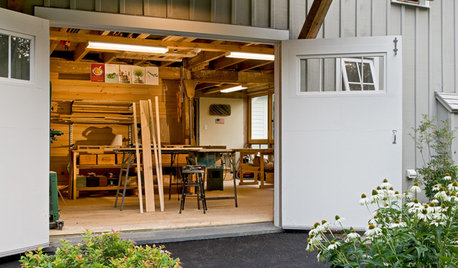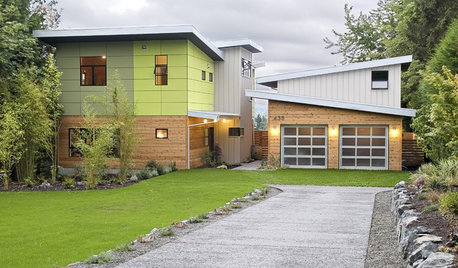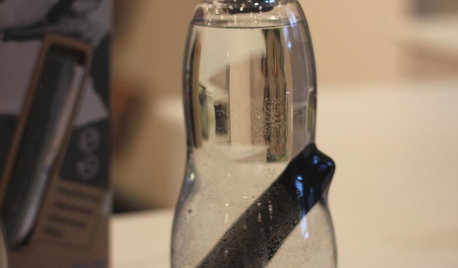pH Issues NFT
ethnobotany
11 years ago
Related Stories


LIFEStressed Out? Try Hitting the Woodshop
Building things with your hands just might boost your mood while giving you personal new pieces for your home
Full Story
EDIBLE GARDENSSummer Crop: How to Grow Blueberries
Plant blueberries in spring or fall for garden beauty through three seasons — and a sweet superfood in summer
Full Story
REMODELING GUIDESInterview: What's Up With Prefab?
Prefabs can be greener, quicker to build and less hassle. So what's keeping everyone from jumping on board? Here's one architect's take
Full Story
LANDSCAPE DESIGN5 Gravel and Stone Types for a Rockin' Landscape
Give your garden design some textural bam with pebbles, granite, river rocks and other permeable materials
Full Story
TASTEMAKERSICFF 2012 Report: Black+Blum for Home Plus Office
Everyday items for the home and workplace — a water bottle, a dish rack — get an unconventional rethink by the award-winning British company
Full Story0

COOL-SEASON CROPSCool-Season Vegetables: How to Grow Brussels Sprouts
If you love 'em (you know who you are), fall and spring are the right times for planting these veggies in your edible garden
Full Story0

GREEN BUILDINGThe Passive House: What It Is and Why You Should Care
If you don’t understand passive design, you could be throwing money out the window
Full Story
GREEN BUILDINGHouzz Tour: Going Completely Off the Grid in Nova Scotia
Powered by sunshine and built with salvaged materials, this Canadian home is an experiment for green building practices
Full Story
CONCRETEWhy Concrete Wants to Crack
We look at the reasons concrete has a tendency to crack — and what you can do to help control it
Full StoryMore Discussions







grizzman
cole_robbie
Related Professionals
Mount Wilson Landscape Architects & Landscape Designers · Buford Landscape Contractors · Clark Landscape Contractors · Dixon Landscape Contractors · Eagle Landscape Contractors · Goodlettsville Landscape Contractors · Haverhill Landscape Contractors · Homewood Landscape Contractors · Huntington Landscape Contractors · Pahrump Landscape Contractors · Pleasant Hill Landscape Contractors · Salem Landscape Contractors · Santa Maria Landscape Contractors · Tuscaloosa Landscape Contractors · Silver Firs Landscape Contractorskleeem
ethnobotanyOriginal Author
grizzman
ethnobotanyOriginal Author
cole_robbie